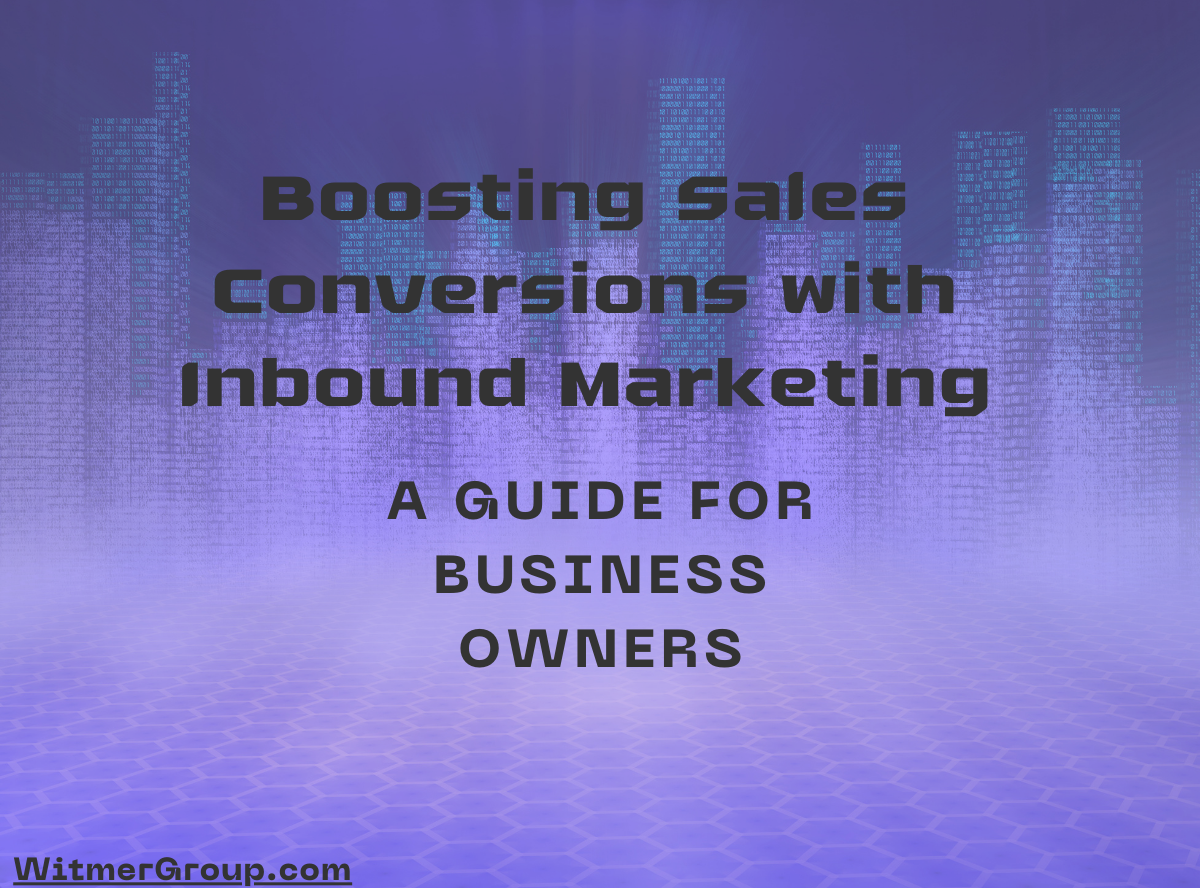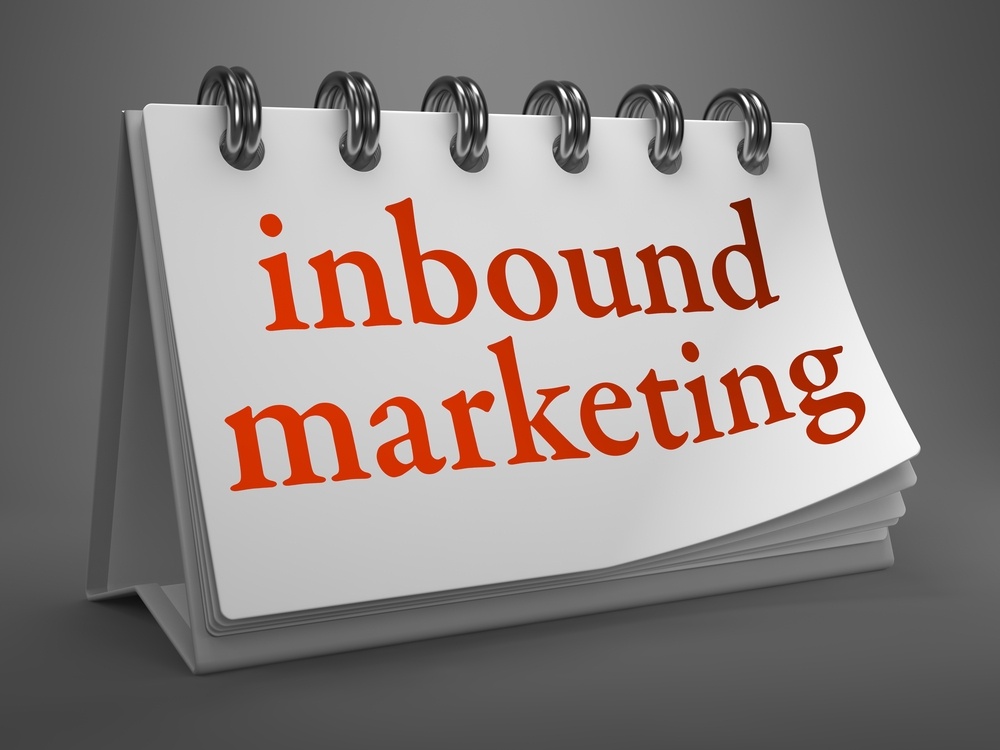How Your Buyers Journey Can Improve Your Conversion Rates

Understanding and optimizing your buyer's journey is crucial for driving higher conversion rates and achieving sustainable business growth. By mapping out the buyer's journey and analyzing each stage, you can identify areas of improvement, tailor your marketing strategies, and provide a seamless experience that leads to increased conversions.
This comprehensive guide will walk you through the process of optimizing your buyer's journey to improve your conversion rates.
Define Your Buyer Personas
It's essential to define your buyer personas before diving into the buyer's journey. These are semi-fictional representations of your ideal customers based on market research and real customer data. By creating detailed buyer personas, you can better understand their needs, preferences, and pain points, allowing you to tailor your marketing strategies accordingly.

Map Out Your Buyer's Journey
The buyer's journey consists of three primary stages: Awareness, Consideration, and Decision. Mapping out your buyer's journey involves identifying the specific touchpoints, channels, and content your customers interact with at each stage. This will help you better understand how your customers move through the funnel and where you can make improvements to drive higher conversion rates.
Awareness Stage
During the Awareness stage, potential customers become aware of a problem or need and start researching solutions. At this stage, focus on creating informative, educational content that addresses their pain points and introduces your brand.
Some types of content to consider include:
- Blog posts
- Social media posts
- Infographics
- Ebooks
- Videos
Consideration Stage
In the Consideration stage, prospects have defined their problem and are evaluating different options to address it. Your goal here is to position your brand as the ideal solution. Offer content that showcases your expertise, highlights your product or service benefits, and differentiates you from competitors.
Examples of content for the Consideration stage include:
- Case studies
- Webinars
- Whitepapers
- Product demonstrations
- Comparison charts
Decision Stage
At the Decision stage, potential customers are ready to make a purchase. Your primary focus should be addressing any remaining concerns or objections and guiding them toward conversion. Create content that instills confidence in your product or service and provides a clear call to action (CTA).
Content for the Decision stage might include:
- Testimonials and reviews
- Product or service guides
- Free trials or demos
- Sales promotions and discounts
- Consultations or assessments
Optimize Your Website for Conversion
Your website plays a vital role in guiding your customers through the buyer's journey. Ensure your site is optimized for conversion by:
- Improving site speed and performance
- Implementing clear, compelling CTAs
- Providing easy navigation and a user-friendly interface
- Offering live chat or chatbots for instant support
- Personalizing content and recommendations based on user behavior
Leverage Email Marketing
Email marketing is a powerful tool for nurturing leads and guiding them through the buyer's journey. Develop targeted email campaigns for each stage of the journey, providing relevant content, offers, and CTAs.
Use marketing automation tools to segment your audience and deliver personalized messages based on their interactions with your brand.
Track and Analyze Key Metrics
To measure the success of your buyer's journey optimization efforts, track and analyze key metrics such as:
- Conversion rates at each stage of the journey
- Time spent on each stage
- Content engagement and shares
- Click-through rates (CTRs) on CTAs and emails
- Return on investment (ROI) for your marketing efforts
Use this data to identify areas for improvement and refine your strategies accordingly.
Continuously Improve
Optimizing your buyer's journey is an ongoing process that requires constant evaluation and adaptation. As your target audience, market conditions, and competition evolve, so must your strategies.
Regularly review your buyer's journey, analyze your key metrics, and gather customer data/feedback to identify areas for improvement. This will help you uncover new growth opportunities and ensure your marketing efforts remain aligned with your customer's needs and preferences.
Embrace a test-and-learn approach by running A/B tests on various elements of your buyer's journey, such as content, CTAs, email subject lines, and landing pages.
By continuously testing and iterating, you can make data-driven decisions and fine-tune your strategies to drive higher conversion rates and maximize the return on your marketing investment.
Remember, a successful buyer's journey is never static—it should always evolve and adapt to better serve your customers and achieve your business objectives.
Let Witmer Group Create and Refine Your Buyer’s Journey
Witmer Group will define and create a buyer’s journey to target your ideal audience. We then use this to target our content for lead magnets and lead generation efforts.


